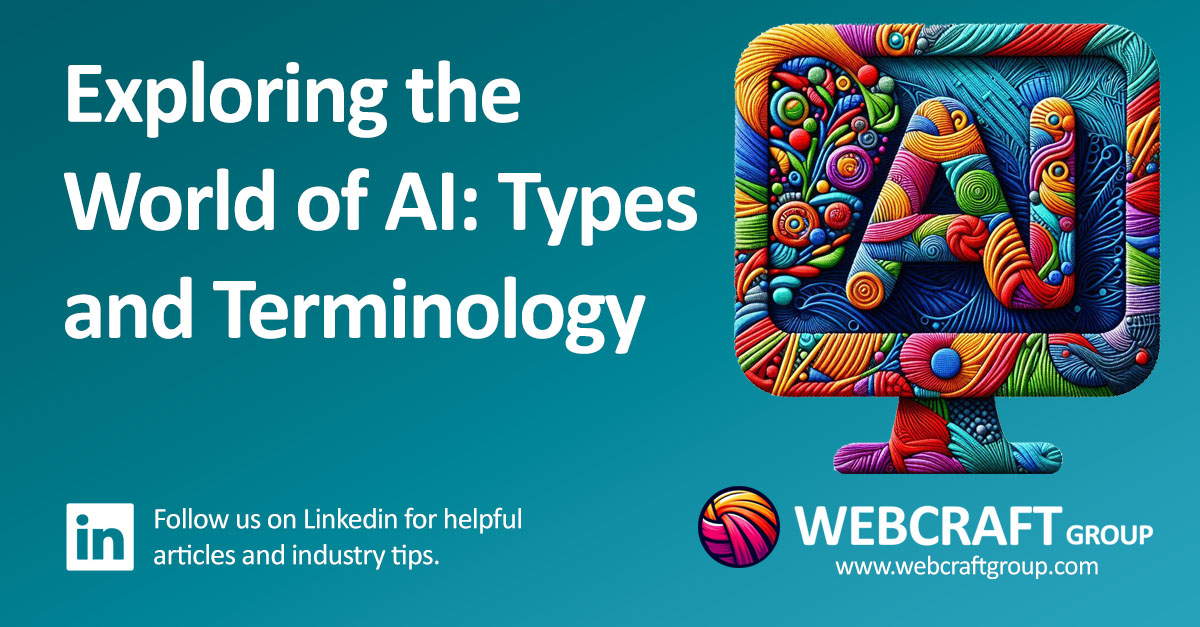Welcome to the intriguing universe of Artificial Intelligence (AI), where machines are designed to think, learn, and make decisions. Whether you’re a tech enthusiast or just curious about AI, let’s dive into the different types and some essential terminology to get you up to speed.
1. Narrow AI Narrow AI, also known as Weak AI, is designed to perform specific tasks. It’s like a highly specialized tool that excels in one area but doesn’t possess general intelligence. Examples include virtual assistants like Siri and Alexa, recommendation algorithms used by Netflix, and even the spam filters in your email.
2. General AI General AI, or Strong AI, is a theoretical concept where machines possess the ability to understand, learn, and apply knowledge across a wide range of tasks, similar to human intelligence. While we haven’t achieved General AI yet, it’s a hot topic of research and debate among AI experts.
3. Superintelligent AI Superintelligent AI refers to AI that surpasses human intelligence in all aspects. This type of AI would be capable of solving complex problems, making decisions with superhuman precision, and potentially revolutionizing every industry. It’s a futuristic concept that raises ethical and philosophical questions about the role of AI in society.
Key AI Terminology
- Machine Learning (ML): A subset of AI where machines learn from data and improve their performance over time without being explicitly programmed. It’s like teaching a computer to learn from experience.
- Deep Learning: A specialized form of machine learning that uses neural networks to model complex patterns in large datasets. It’s the magic behind image recognition, natural language processing, and more.
- Neural Networks: Inspired by the human brain, neural networks are a series of algorithms that mimic the way neurons interact. They form the backbone of deep learning models.
- Natural Language Processing (NLP): The branch of AI that enables machines to understand, interpret, and respond to human language. Think of chatbots, language translation services, and voice assistants.
- Computer Vision: This field of AI focuses on enabling machines to interpret and make decisions based on visual data. It’s used in applications like facial recognition, autonomous vehicles, and medical imaging.
- Reinforcement Learning: A type of machine learning where an agent learns by interacting with its environment and receiving feedback in the form of rewards or penalties. It’s like training a dog with treats and commands.
AI is an ever-evolving field with endless possibilities. Whether it’s enhancing customer experiences, optimizing business processes, or creating futuristic technologies, AI is shaping the future in ways we can only imagine. Stay curious and keep exploring the world of AI!

